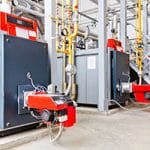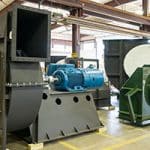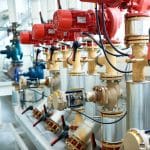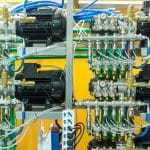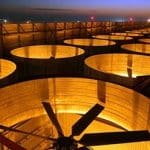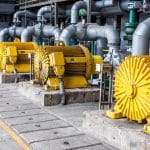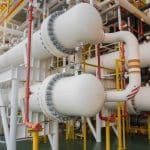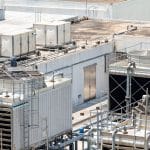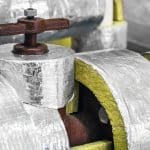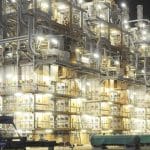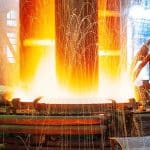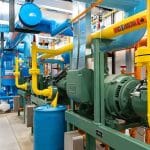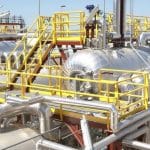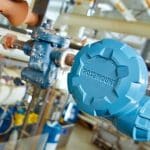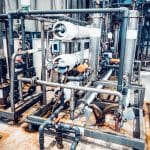The 3 kEys
- A common rule-of-thumb is that raising the cooling setpoint by 1°F can lead to about a 3% decrease in energy consumption. In practice, this means if you raise the setpoint by 2°F, you might see around a 6% reduction.
- Regularly verify that supply and return dampers are properly balanced to optimize airflow. Ensure that vents and registers remain unobstructed by furniture or other items to allow for free air circulation.
- Use economizers to employ cooler outside air for “free cooling” when conditions are favorable, thus reducing mechanical cooling demand.
Improving HVAC energy efficiency doesn’t always require a major overhaul or significant investment. Instead, a focus on simple, operational strategies can lead to reduced energy consumption quickly and cost-effectively. The following techniques, offer practical adjustments that building managers and facility operators can implement right away.
Optimize Temperature Setpoints
One of the easiest ways to reduce HVAC energy use is by adjusting temperature setpoints. Even small changes can result in significant savings:
Increase Cooling Setpoints: Raising the cooling setpoint by 1–2°F during occupied hours can lower energy demand.
Lower Heating Setpoints: Similarly, reducing the heating setpoint modestly can reduce costs without sacrificing occupant comfort.
Implement Setback Schedules: Automatically adjusting temperatures during unoccupied periods minimizes energy waste.
Enhance Airflow Management
Efficient air distribution is key to reducing the workload on HVAC systems:
Inspect and Adjust Dampers: Regularly verify that supply and return dampers are properly balanced to optimize airflow. Best practices on airflow management can be found in the ASHRAE Handbook.
Clear Obstructions: Ensure that vents and registers remain unobstructed by furniture or other items to allow for free air circulation.
Use Fans Strategically: Supplementing HVAC performance with well-placed fans can help distribute conditioned air evenly, reducing system strain.
Utilize Economizer Modes
For HVAC systems equipped with economizers, strategic use of these modes can lead to notable energy savings:
Maximize Outdoor Air Use: Employ cooler outside air for “free cooling” when conditions are favorable, thus reducing mechanical cooling demand. Additional details on the benefits of economizer modes are outlined in the U.S. Department of Energy’s HVAC optimization resources.
Monitor Weather Conditions: Simple operational adjustments—such as activating economizer modes only under the right weather conditions—can help optimize energy use.
Regular Operational Checks
Routine system checks can catch inefficiencies before they lead to higher energy consumption:
Sensor Calibration: Regularly verify that thermostats and temperature sensors are accurately calibrated.
Inspect Ductwork: Look for signs of leaks or blockages in the duct system, which can force the system to work harder. The Energy Star guidelines provide useful tips on conducting these checks.
Monitor Occupancy Patterns: Adjust operational schedules based on actual building usage to avoid unnecessary energy consumption.
Regular Filter Maintenance
Maintaining clean and efficient air filters not only improves indoor air quality but also ensures that HVAC systems operate at peak efficiency:
Routine Filter Checks: Establish a maintenance schedule to inspect and replace filters regularly. For more information on maintenance practices, consult the Energy Star guidelines for heating and cooling systems.
Quick Cleaning: Where applicable, cleaning filters instead of replacing them can sustain performance without extra cost.
Leverage Occupant Engagement
Engaging occupants in energy-saving practices is an effective, low-cost strategy:
Educate on Best Practices: Remind building occupants to close windows and doors when the HVAC is active. Case studies and engagement strategies are available on the Energy Saver website by the U.S. Department of Energy.
Encourage Responsible Use: Encourage occupants not to override setpoints manually, which helps maintain optimal system performance.
Conclusion
Operational adjustments offer an accessible pathway to improved HVAC energy efficiency. By focusing on temperature setpoints, filter maintenance, airflow management, economizer use, routine system checks, and occupant engagement, facilities can achieve significant energy savings with little to no financial investment. These quick, easy strategies not only promote energy conservation but also extend the lifespan of HVAC systems, contributing to a more sustainable and cost-effective operation overall.
For further details and additional strategies, consider exploring resources from the U.S. Department of Energy, Energy Star, and ASHRAE.




